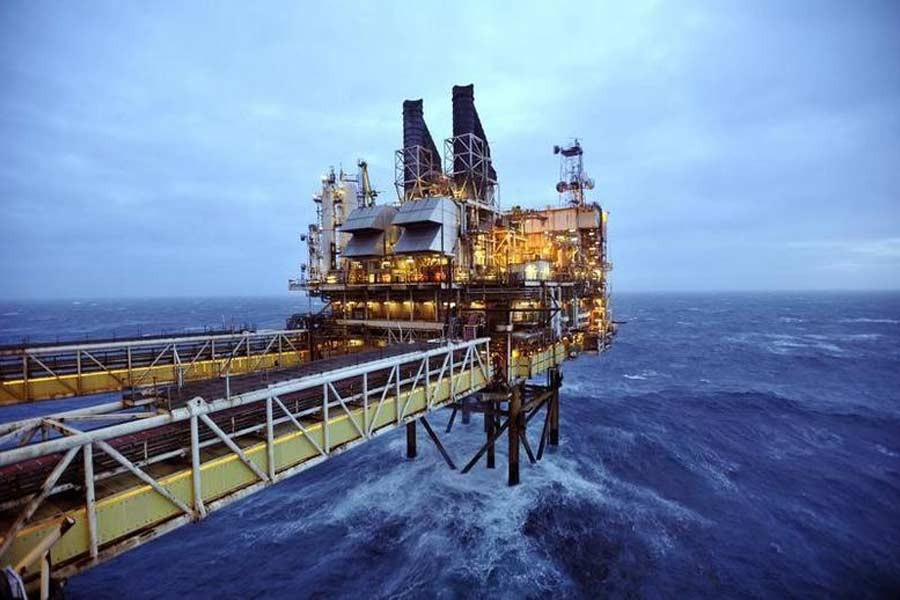Hard-pressed to meet the industries' as well as common consumers' demand for natural gas, the government has decided to switch from gas to expensive fossil fuel like diesel to run its power plants. As such, three dual-fuel power plants which later turned into gas-fired ones -- Meghnaghat CCPP (combined cycle power plant), Shikalbaha CCPP and another Shikalbaha peaking gas turbine plant with a total capacity of 680 MW -- will now become diesel-powered. Other dual-fuel power plants will also go for similar costlier fuel options, thanks to the shutting down of some 13 power plants including those powered by furnace oil and diesel. Also, consider that meanwhile gas-fired power stations with a combined production capacity of 5,220 MW have been shut down. The idea behind this move is that by switching to diesel, the gas thus saved from these power plants could be supplied to the industries.
Maybe, by this means the government is hoping to meet the soaring, especially, this year's summer time demand for power which is expected to rise to as high as 15,000 MW. But given last summer's total power generation at 13,792 MW, the highest so far, one wonders how far such an option is going to mitigate the nation's ever-widening gap between demand and supply of power. Finally, perhaps, the last straw was the failure of the country's second floating storage and re-gasification unit (FSRGU) to supply gas to the power plants that compelled the government to abandon gas for diesel. But then what about meeting future demand which is going to skyrocket with the passage of time?
Can such stopgap arrangement be a lasting answer to the country's ever-worsening gas and concomitant power crisis? Leaving aside the cost-burden of increased import of fossil fuel, one cannot also be oblivious of the harmful side of using such highly polluting fuels in a climate-vulnerable country like Bangladesh. Evidently, the measures now being taken to get around the gas crisis are not sustainable in the long run. This calls for seeking alternatives that are feasible and within our reach such as revisiting the potential reserve of the country's gas fields in operation. Till now, out of the total 28 trillion cubic feet (Tcf) of cumulative original recoverable gas reserve in 27 commercial gas fields, 18 Tcf have already been used with 10 Tcf left. According to Petrobangla, the state-owned oil company, there is still 1.0 Tcf more gas in the possible reserve category that can be added to make the total at 11 Tcf. But the rate of gas production from these fields has been steadily declining. At this rate, the gas reserve is projected to be exhausted by the next two decades.
The policymakers seem to have accepted such a projection as a fait accompli. But it need not to be so. For international experts have estimated that in Bangladesh there is between 32 to 41 Tcf gas reserve under the ground. Now, the requirement is to redouble efforts to explore new gas reserves. At the same time, other alternative options such as developing existing gas fields to increase the gas reserve position, also termed 'reserve growth,' should be tried. Thus, through exploring new gas fields as well as developing existing reserves, Bangladesh can increase its total gas reserve potential significantly. The imperative is to begin the work sooner rather than later.


